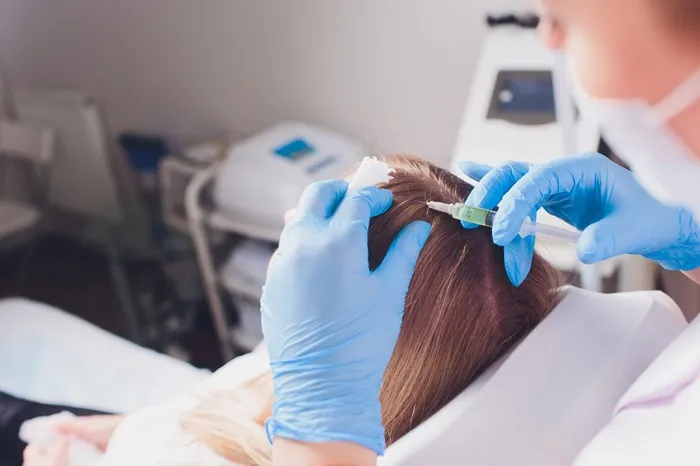A receding hairline can be a common concern for many individuals, affecting both men and women. Whether due to genetics, aging, or other factors, a high or receding hairline can impact self-esteem and facial aesthetics. Fortunately, modern medical advancements offer several effective solutions to bring the hairline forward and achieve a more youthful and balanced appearance.
This article will explore the various methods, considerations, and steps involved in bringing your hairline forward through hair transplant procedures and other surgical techniques.
Understanding the Hairline and Its Aesthetic Importance
The hairline is a crucial component of facial aesthetics, framing the face and influencing overall appearance. A natural, well-defined hairline can enhance facial symmetry and balance. Conversely, a receding or high hairline can make the forehead appear larger and more prominent, potentially leading to feelings of self-consciousness.
Methods to Bring Your Hairline Forward
Hairline Lowering Surgery
Hairline lowering surgery is a surgical procedure designed to physically move the existing hairline forward by reducing the height of the forehead. This method is particularly effective for individuals with a high hairline or significant forehead prominence.
Procedure Overview
Incision and Skin Removal: A specialized incision is made along the existing hairline, often in a zig-zag pattern to minimize visible scarring. A strip of forehead skin is then removed to achieve the desired reduction.
Advancing the Scalp: The scalp is carefully advanced forward, creating a new, lower hairline. The amount of advancement depends on the scalp’s flexibility (laxity) and the surgeon’s skill.
Immediate Results: The procedure typically takes 2-3 hours to complete, and results are immediate, with most patients seeing a 2-3 cm reduction in forehead height.
Considerations
Scalp Laxity: The success of hairline lowering surgery largely depends on the scalp’s laxity. A more flexible scalp allows for greater advancement without tension.
Potential Complications: While generally safe, this procedure can result in temporary scalp numbness, swelling, and minor bruising. These side effects typically resolve within a few weeks to months.
Hair Transplantation
Hair transplantation is another popular method to bring the hairline forward. This procedure involves relocating healthy hair follicles from a donor area (usually the back of the head) to the recipient area (the front hairline). The two primary techniques used are Follicular Unit Extraction (FUE) and Follicular Unit.
Procedure Overview
Follicle Extraction: Individual hair follicles are carefully extracted from the donor area using advanced techniques like FUE. This method leaves minimal scarring and ensures a natural appearance.
Graft Placement: Each follicle is precisely placed in the recipient area to create a natural hairline pattern. The procedure is minimally invasive and typically takes 6-8 hours to complete.
Long-Term Results: Initial results begin to show within 6-12 months as transplanted hair grows. The new hairline is permanent and continues to grow naturally.
Considerations
Donor Hair Quality: The success of a hair transplant depends on the quality and quantity of donor hair. An experienced surgeon can maximize graft survival and achieve a natural-looking result.
Recovery and Maintenance: Post-operative care is crucial for optimal results. Patients should follow their surgeon’s instructions to avoid complications and promote healing.
Conclusion
Bringing your hairline forward is a transformative process that can significantly enhance facial aesthetics and boost self-confidence. Both hairline lowering surgery and hair transplantation offer effective solutions, each with its own benefits and considerations. By consulting with an experienced surgeon and following proper post-operative care, individuals can achieve a natural, youthful hairline that meets their aesthetic goals.
If you are considering bringing your hairline forward, it is crucial to consult with a qualified hair restoration specialist. They will assess your specific needs, discuss the available options, and guide you through the process to ensure the best possible outcome. Remember, patience is key, as the final results may take several months to become fully visible. With the right approach and care, a more balanced and youthful hairline is within reach.
Related topics:
- Hair Transplant for Lowering Hairline: A Detailed Guide
- Female Hairline Lowering Hair Transplant: A Full Guide
- Hairline Lowering Surgery: Procedure, Benefits & More


